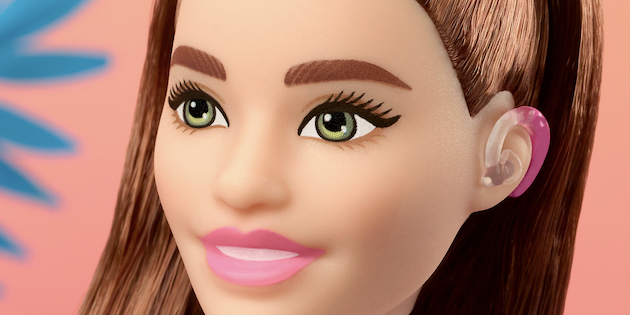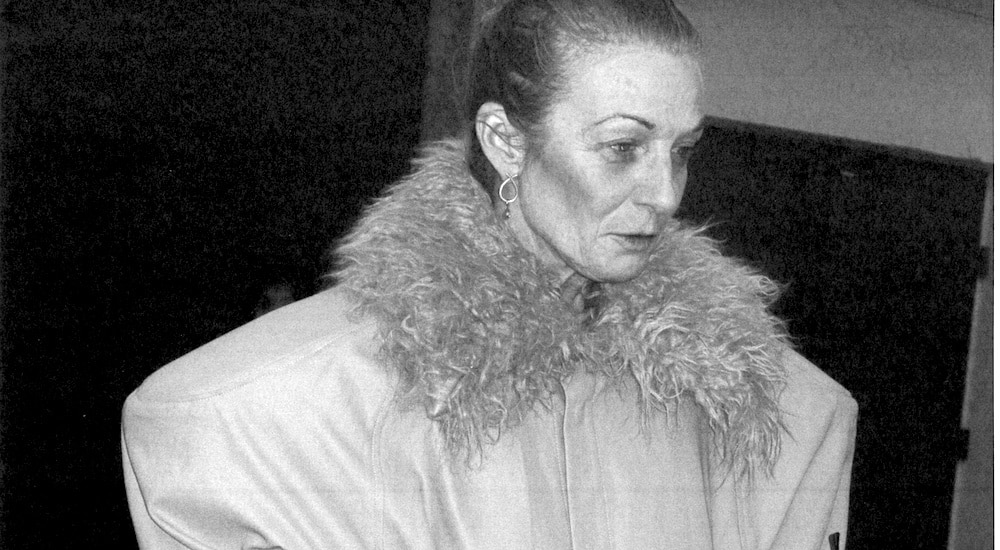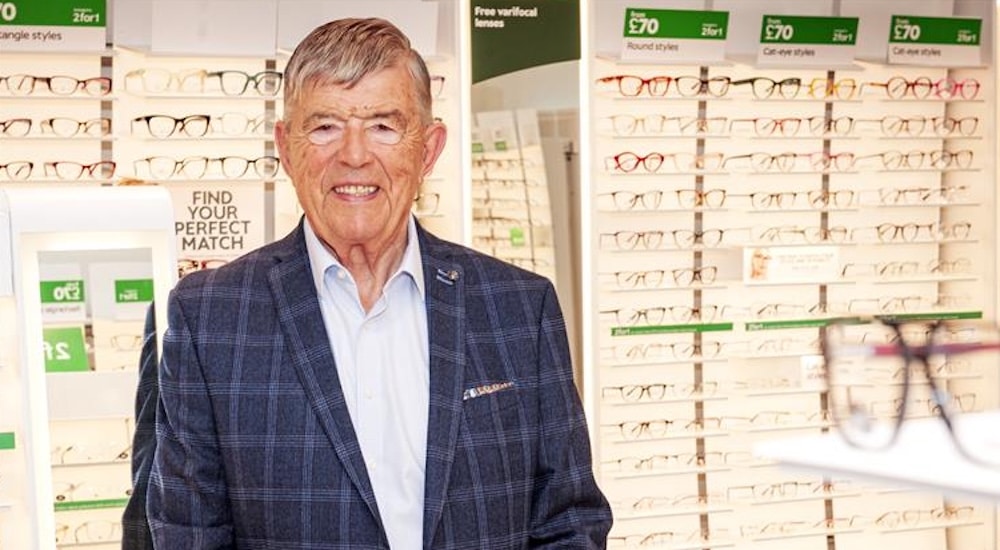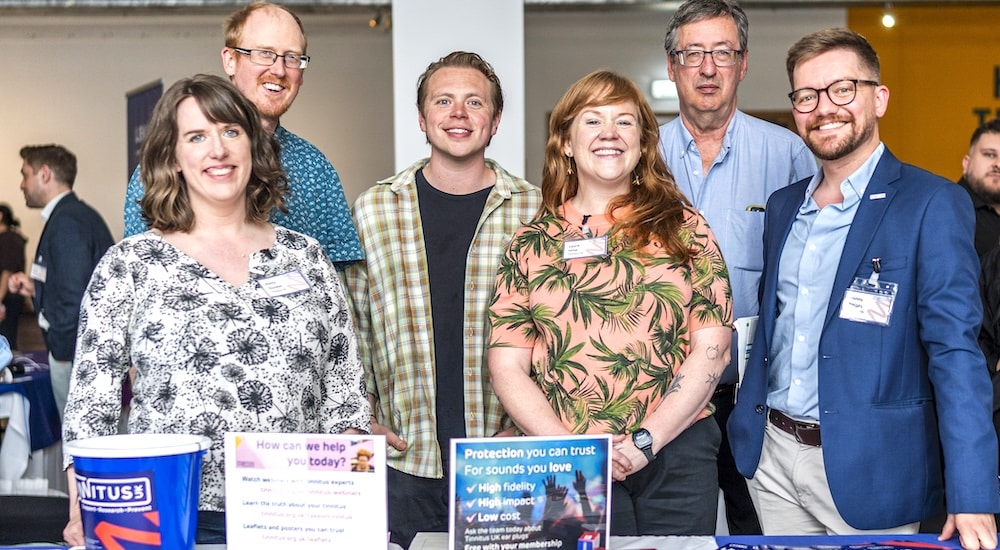Will a hearing aid on Barbie make a difference? What about one on Jesus?
The promised June worldwide roll-out of a Barbie with a hearing aid is upon us. What will happen now?

by AWN editor-in-chief Peter Wix
We can reveal that this will be celebrated with a special beach party: A Ken with vitiligo will be driving everyone down in his pretend hybrid car. There might be seven of Barbie’s friends illegally crammed into his five seats, all listening to a new version of an old song on the car sound system (Barbie listening best of all with her device):
I’m a Barbie girl, I’ve got a hearing aid
Life in plastic, it’s woketastic
There’s no cost for the gasoline, and no energy crisis. Ken will drive on the wrong side of the living room carpet, turning his vehicle over in separate crashes with the vacuum cleaner, a Lego wall, and a fleeing cat, some of the passengers not reaching the patio in one piece. But none of these transgressions matter at all. This is a kids’ fantasy, a toy story, and Barbie’s accessories all add to the trip.
The fact that adults are also constantly fantasising, playing not with toys but with symbols, is what might lead us in the direction of understanding how a Barbie with a hearing aid could bring about some welcome changes – welcome, that is, not just for those who make and sell Barbie dolls and hearing aids, but also for future generations of hearing loss sufferers for whom current solutions might, in that future, still have a use.
While we imagine a world that can be fixed by making our icons tick all the boxes on a socially and politically correct wish list, we could also reflect on exactly how this specific new symbol of a hearing aid on a famous doll might change mindsets from Albuquerque to Zouchen, and bad things to good.
There’s no harm in a bit of overthinking, is there? If you think there is, do not read on.
How to measure the good?
Digging through the clichés in reactions following manufacturer Mattel’s announcement of its latest diversifying retrofit to the original 1959 Barbie, it’s hard to find any more detailed thinking than a grain-of-sand dialectic: surely any increase in awareness and empathy is better than none. It must be.
But how, when, and where can this be measured? Who will bother to try something so difficult, beyond perhaps conducting internal – and therefore dodgy – perception questionnaire research by the manufacturer on the success of its woke plastic offensive? We know, don’t we, that unless the data can somehow be used to make money for someone, we’re not going to see any objective measurement of impact. So is it even worth getting excited, if all we can do with hearing-aid Barbie is take a subjective stab at feeling the impact, and wave the doll around knowingly?
Inclusion and empathy, but what timeline?
Naturally, some audiology professionals, patients, and parents of youngsters who use hearing devices take it as a given that making this forever-young sexagenarian fashion totem hip to inclusion will bear fruit, providing, in toy culture at the very least, representation of those who have a right to have their sensory difficulties taken into consideration by people of all ages, Barbieists or not.
This would be a good thing. Kids and adults get a change of mindset, and the prize when the new image means normal is a gradual change in outlook, part of which probably means kids grow up more friendly towards technological solutions for hearing loss. In theory, at least, this should help sales of hearing devices.
But will Barbie become a nonagenarian before awareness can truly bear this fruit? And perhaps more importantly, will hearing aids have become, in some way, completely invisible, making the relevance of a hearing-aid Barbie last less than a Walkman Barbie?
Form factor – how does size matter?
The hearing aid prescribed to Barbie by manfucaturer Mattel is on the large side. It’s a lurid pink BTE (that here almost means Bigger-Than-Ear). This is a highly visible hearing aid. Of course, the lack of subtlety in having a hearing aid as big as one of Barbie’s shoes is understandable; it’s for kids, and it has to make a point too. Barbie has to be seen with the hearing aid. And don’t kids have small fingers?
The audiology expert consulted by Mattel would have understood the need for a toy hearing aid to be big, but this adviser might also have mentioned that the form factor for aids solving a considerable spectrum of hearing losses are today progressively resembling earbuds. Major manufacturers (including Phonak with Virto, Starkey with Edge AI, and GN Hearing with Jabra Enhance Pro and the just released Custom) are shifting the form factor, thus combating the stigma factor that has forever dogged hearing aid adoption.
But a stylish earbud stuffed into a Barbie ear canal (if there is one) would have defeated the object. Visible is the point, this is where you get nowhere with mind-over-Mattel. If the producer did not use the hearing aid shape we have all become accustomed to, they couldn’t very well add this Barbie accessory to their inclusion drive.
But if hearing aids rapidly change their form factor across all manufacturers, then Barbie and her big old pink slug will very soon be nothing more than a collectors’ item.
How do kids think? How does this work here?
Mattel’s Barbie was in decline for several years before something had to be done. Recently the Barbie God created, among others, a careerist Barbie, a Rosa Parks Barbie, a Frida Kahlo Barbie, even an astronaut Barbie. In 2019 the toy firm saw a 2019 surprise profit for the doll which, mostly since 2022, comes with a whole new range of representations, leaving behind the Barbie that once served as a totem of the consumer dream and the empty-headed woman in her place. Barbie is now a hold-in-your-hand-and-shake hoodoo stick of female empowerment.
Do kids get all this? And when they, and not their parents, make the choice about what kind of Barbie to buy, how conscious are they of the psychosocial significance of each different doll? Parents can educate – or manipulate – through the toys they buy their children, but can they, or Mattel, or an advertising company, control the narrative for everyone? How easy is it to predict what most kids will turn their hearing-aid Barbie into?
There is evidence from neuroscience that specific toys can activate brain regions in growing kids, allowing them to develop empathy and social information processing skills, even when playing by themselves.
What exactly will a Barbie doll with a hearing aid make children – who grow to be adults, remember – think about hearing loss and the solutions offered by the hearing healthcare industry? Will kids with hearing aids feel better that their fantasy world now includes a character with just the right parts to facilitate self-identification? And what about the classmates and friends of hearing-aid-using kids? What do we really have that can support the idea that friends with hearing aids will be better treated and better understood? Isn’t it possible that, in the wild and abstract fantasies children act out with their toys (before their imagination is educated out of them), many will just treat the new Barbie as a disabled individual in need of different treatment to the other dolls, an object of sympathy and a kind of marginalisation?
Editor-in-chief of our Spanish Audio Infos and Audioenportada channel, José Luis Fernández, is a seasoned journalist with kids too old to ask about new Barbies, but we asked his opinion. He thinks kids are unlikely to pick up the hearing-aid Barbie by the stigma end. “I believe that positivity will come from this, with children taking on the hearing aid on the doll as even quite a cool addition, and very few kids will see a disability there,” said our colleague. “I think most children will focus on the doll as exotic and new,” he adds.
The hearing-aid Barbie generation might be a short one
But we return again to the problem of the time needed to bring about any significant change, a shift strong enough to last past a single generation. There is no cynicism involved in pointing out that hearing technology is moving very fast. Several different strands of current research are likely to lead to new solutions to hearing loss, if not by the end of this decade, with increasing probability by 2040/2045. These range from personalisation based on AI and machine learning, to pharmacological investigation, genetics, nanotech, implanted chips,…Imagine a nanoMac lodged in the brain connected to IoT devices everywhere and capable of selectively hearing every pin drop on a GPS radius of 500 metres. That time period still gives us a lot of kids who can grow up with hearing-aid Barbie.
What then if the kids begin to play with different toys? What if they have a new universe in which to play, one that makes bits of plastic shaped like a young woman completely redundant? If the World Economic Forum has its way (and it will), children will soon be in the Metaverse hanging out and conversing with each other, and with a virtual life-size Barbie. The end of dolls! The beginning of whatever you want that could come out of a deal between Mattel and Mark Zuckerberg.
Barbie’s past – is today’s appropriateness where it unwraps?
The sociohistorical memory of Barbie-aged kids is around about zero, nothing beyond what has happened within their own experienced or imposed narrative input. They invent and manipulate around the facts, just as they will do later as adults with bigger issues, weaving arguments into narratives that tell present and past, customs and conventions according to what they want to get and how they want to be seen.
So what a twelve-year-old remembers of her (or his) Barbie is unlikely to condition how a different five-year-old sees her new toy. The shapeable five-year-old couldn’t give a sherbert about social conventions and attitudes. Although Mattel also, importantly, has the standpoints of today’s parents to consider, the firm can be confident that, as long as it helps parents to believe they are buying a socially acceptable and useful gift for their children, Barbie’s past and social disdain for the toy will not stop a woke makeover from making the doll represent the opposite of what it has for sixty years of kids from middle-class families.
So, who is interested in a hearing-aid Barbie?
First of all, this is about Mattel, the toy company that spawned a plastic figurine we call SHE, when it is, in fact, an IT. Hypersensitised by lifetimes of being Disneyed into believing that mice talk and monkeys can run major corporations (which might just be true) adult people discuss a doll as if it was a real person, which it certainly is allowed to be in the mind of a child. But adults take note: if you try to move like Barbie, you’ll spend the next year of your life in hospital having all your joints replaced. And if you try to look like Barbie you’ll be taken for a droid.
This is a plastic doll, albeit with great symbolic punch. For Mattel IT is even an accounting term for units sold. That is ITS primary purpose. To make it sell, it has to be a friendlier, more appropriate IT. And whatever woke soul might be given to the next generation of Barbie dolls – a Beardbie for the hirsute, a Bra-bie for the heavy-chested, the Barebie for the naturists, a BarbieTal for the substance use community, complete with a BarbieChewRoot, or a Bra-C for the sex industry worker-victim – no toy manufacturer is going to the trouble of virtue-signalling for its ITS if it ain’t going to make money.
The question we can only guess about is whether the makers of hearing aids and the audiology profession, both of which are keen to increase awareness of hearing loss and its solutions, can feed off the pickings. And on the plastic face of it, it seems highly plausible that there would be such an awareness dividend. Elevating a symbol that once represented a dubious kind of dreamwoman could do something, however small, to change thinking on the subject.
And one reason for this is that the hype around Barbie is not just fuelled by doll production, but also film production. There is already a film catalogue of two decades of a computer-animaed Barbie franchise, and the image is set to be celebrated (boosted, presumably, rather than lampooned) in 2023 by a major Hollywood production of Barbie, starring none other than Ryan Gosling in the role of Ken.
In all this, let us not forget how long the hearing health industry and profession has been trying with arguably limited success to increase awareness of hearing loss prevention, efforts effectively swept away by an avalanche of hearing-damaging personal listening devices.
Apparently, it didn’t take long for Edward Bernays to break the taboo about American women smoking cigarettes. Footage and newspaper photographs of suffragists with their torches of freedom brought an overnight change in social habits. But that was publicity for an addictive habit. Creating awareness about hearing has proved a notoriously difficult sense about which to bring people to their senses. There is no magic wand to wave, but sure, every little helps.
How big or famous does a symbol have to be to bring an awareness dividend? Superheroes? Well, Marvel’s Hawkeye already has a hearing aid. Now Barbie. Tomorrow Peppa Pig and Elsa of Arendelle? Would the snowball roll?
Unfortunately, Harry Potter, who would have been a powerful ambassador, doesn’t really need a hearing device, because he does have a magic wand. Anyone brave or mad enough to put a hearing aid on Christ?


